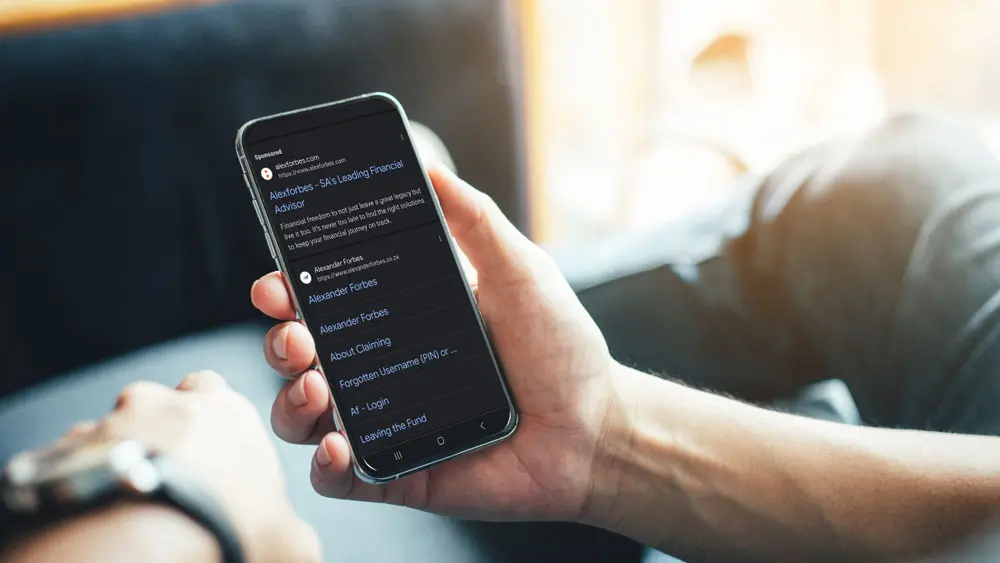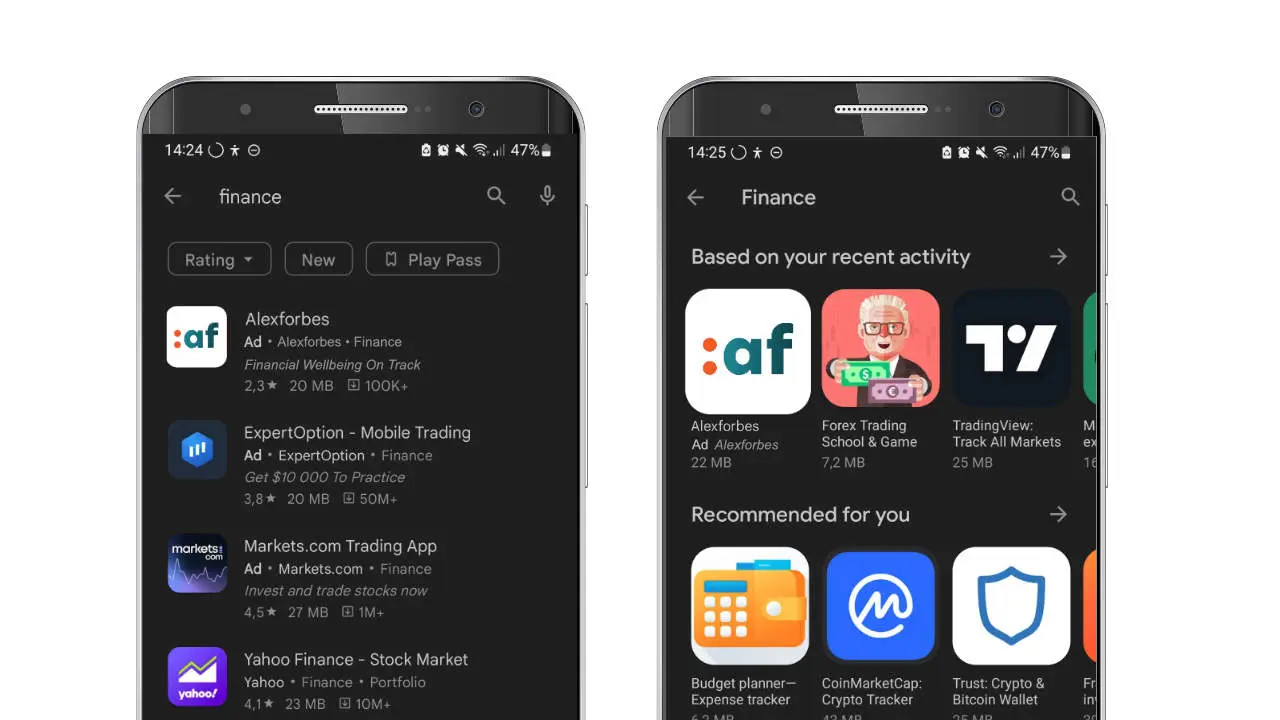
Advertising Guide: Google
Advertising on Google has come a long way since the days of Google Adwords. Today’s Google is investing heavily in responsive, conditional online advertising – using machine learning and artificial intelligence to help businesses deliver the best adverts, at the best prices, to the best audiences. In this Google advertising guide, we’re unpacking why Google Ads are a great online advertising solution, ways in which you can reach new customers, and the types of advertising campaigns you can run on Google.
People are four times more likely to click ads on Google (63%) than any other advertisement network.
Why should you advertise on Google?
More and more businesses, of all shapes and sizes, are realising the benefits of investing in Google advertising as part of their digital marketing strategy. This next part of our Google advertising guide shows why:
Google Ads has an 8:1 Return on Investment on average
Users who visit a website through Google Ads are 50% more likely to buy
More than 80% of advertisers use or plan to use Responsive Search Ads
The average Click Through Rate for ads placed at the 1st position is 7.94%
Over 1.2 million businesses use Google Ads to advertise
More than 80% of global businesses trust Google Ads for their Pay-Per-Click advertising
How to reach audiences through Google Ads
One of the most powerful and most popular internet search engines is going to have a fair amount of information on how most people behave online. For this reason, Google Ads offers unparalleled audience targeting capabilities. Keep reading our Google advertising guide to find out how to reach your customers through Google:
Detailed Demographics
To target audiences based on broader, more long-term attributes, detailed
demographics would be a good way to go. This involves targeting future customers based, among other criteria, on their age, sex, parental status and marital status. In the context of Google Ads, detailed demographic segments are broad segments of the population that share
common traits.
Custom Segments
If you know of specific websites your ideal customers are visiting, or specific apps you know they are using, you can focus your adverts on custom segments. This involves setting up ads that will show up for people who have visited or actively visit the websites and apps you’ve identified when setting up the advertising campaign.
Affinity Segments
You can get your ads in front of potential customers based on their online interests demonstrated through their Google searches. Reach customers based on a holistic picture of their passions, habits, and lifestyle. This allows you to advertise your products or services to people that are likely to think your products matter to them.
Location-based targeting
Regardless of where your ideal customers might be in the world, you can reach them with personalised, engaging marketing content through location targeting. In fact, Google allows you to get so granular with this, you’re able to limit where your ads show to specific suburbs within towns and cities. You can also exclude areas, and even target specific points of interest, like popular tourist attractions.
Life Events
This method of reaching potential customers through Google Ads involves targeting your ads based on major life milestones. These include graduating from school or university, starting a new job, getting married, having a baby, moving into a first home, and other life events.
In-market Events
If you’re hoping to target customers who are already halfway through the buyer’s cycle, In-market Events could be your golden egg-laying digital goose. This targeting involves reaching audiences who are already in the market, who are actively researching products and services, and who are poised to make a purchase soon.
Interest-based marketing
Remarketing is a process in which you incorporate your own data segments into the Google advertising process. If you have a mailing list or database of users who have visited your website, you can include this data into your targeting strategy when setting up your Google Ads.
Types of campaigns you can run on Google
The internet is now a space where rich media dominates most website pages users now land on. From simple text ads to dynamic display and even app-install advertising campaigns, Google gives us more than a few ad formats to use as part of our advertising approach:
- Search Campaigns
- Display Campaigns
- Shopping Campaigns
- Hotel Campaigns
- Video Campaigns
- App Campaigns
- Performance Max
Search Campaigns
Google Search campaigns involve text ads that appear on Google’s search results pages while your potential customers are actively searching for services and products like those you are advertising. “It’s great for driving sales, leads, or traffic to your website, as you can show your ads to people actively searching for your products and services.” – Google

Display Campaigns
With Google Display Ads, reach relevant audiences through engaging visual ads while they browse millions of websites and apps on the Google Display Network. This also includes on Google-owned properties like YouTube. “Display campaigns are a great way to expand your reach and stay top of mind with an audience beyond just Google Search.” – Google
Shopping Campaigns
Are you a retailer with a product inventory that you’re hoping to promote online? Google Shopping campaigns are the way to go, appearing on search results pages and on the Google Shopping tab when internet users search for products like yours. “Store owners can also use local inventory ads to promote products available at their physical locations.” – Google

Hotel Campaigns
When travelers search for hotels on Google Search or Maps, a list of hotels, bed & breakfasts, lodges, and other accommodations appears. Advertise at the top of this pile with a booking module that shows photos, amenities, pricing, and links to make a booking.
“Hotel campaigns let you set bids and compete for ads displayed alongside hotel search results on Google Search and Maps.” – Google
Video Campaigns
Drive general awareness of your brand by showing video adverts to potential customers on YouTube and other websites. You can also drive conversions with Google Video ads, where the end result would be a viewer landing on your website to find our more or make a purchase. “Use the “Drive conversions” campaign subtype to set up action-focused video ads.” – Google
App Campaigns
Your new app isn’t worth much if it doesn’t have people using it. Attract new app users and drive in-app sales, with Google App campaigns. Based on in-app data, Google automatically optimizes your app download ads across over 3 million websites and applications. “Show your app on Search, Display, Play Store, and YouTube under one campaign.” – Google

Performance Max Campaigns
Performance Max is a goal-based campaign type that allows advertisers to access all of their Google Ads from a single campaign. It’s designed to complement your keyword-based Search campaigns by helping you find more converting customers across all of Google’s channels (YouTube, Display, Search, Discover, Gmail, and Maps).
![]()
